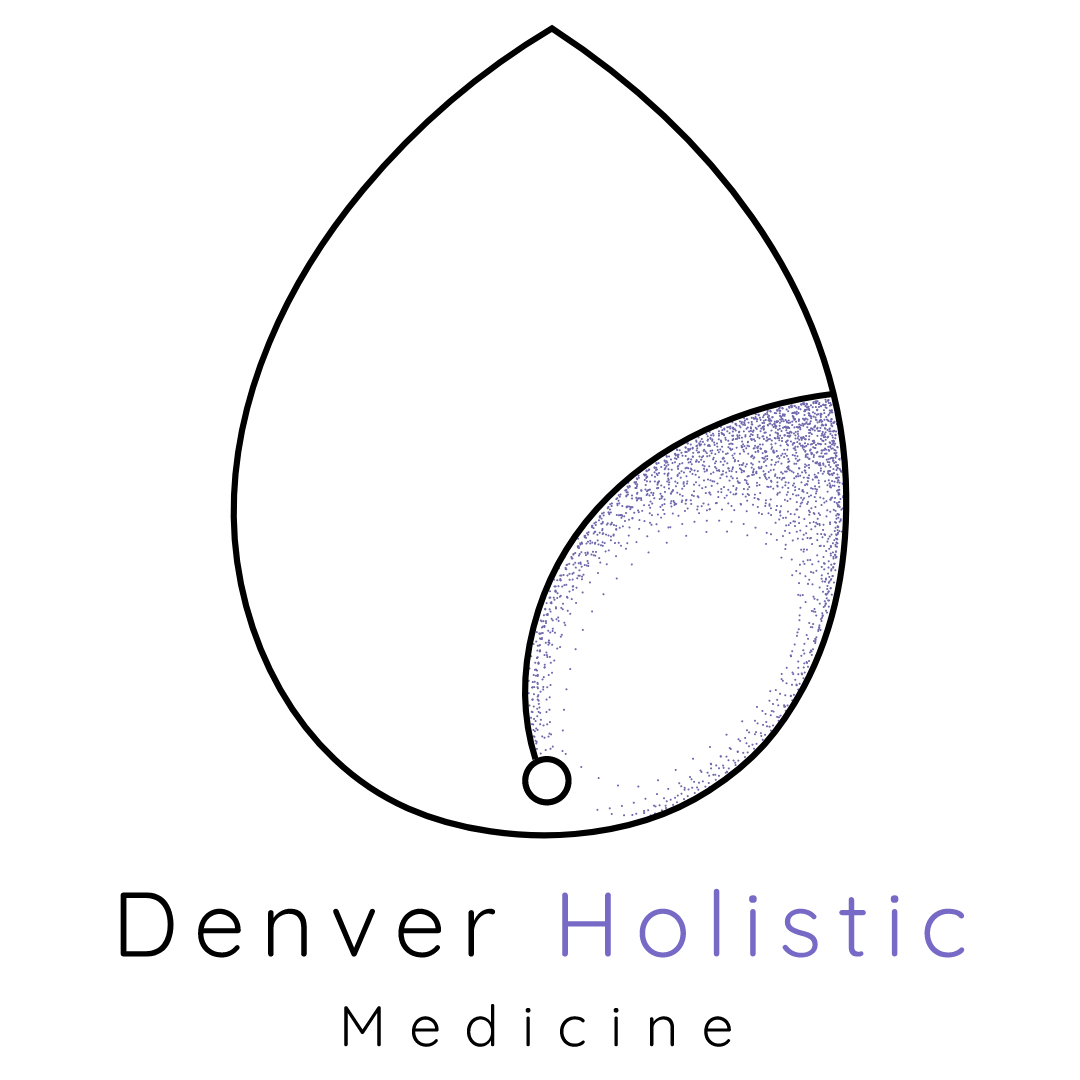Anxiety and Depression
Just as adults feel anxiety and depression in their lives, the pediatric population does as well. A pediatrician, by definition, sees children from the day they are born until they are 21 years old. Within this wide age group there is infancy, childhood, adolescence, teenage years, and early adulthood. To begin with, children with depression may present differently than adults, however, a lot of the symptoms may also be the same:
Affected mood – depressed or irritable
Sleeping disturbances
Concentration disturbances or lack of ability to concentrate
Grades may fluctuate in school
Refusal to go to school
Altered appetite
Mood swings, which may or may not be characterized by a specific trigger
Feeling worthless or restless
Recurrent sadness or crying
Withdrawing from friends or activities
Lack of energy
Reduced self-esteem
Thoughts of death or suicide
This particular symptom calls for immediate psychiatric intervention.
In order to understand what kind of depression the child is experiencing, timing is very important. If the depression occurs after a trauma or loss, it may be a sign of normal grieving until the depression lasts longer than what may be considered a conventional amount of time. Depression can be characterized in 2 groups – major depressive disorder or dysthymia. To diagnose major depressive disorder, the child must have the symptoms for more than two weeks and dysthymia is less severe symptoms but chronic depressed mood for more than two years. Overviewing and reading about these disorders is helpful to understand them but nobody should self-diagnose their child or themselves with depression. Those who reside in Denver should visit the Denver Holistic Center for more information.
If you are a parent who has had depression, there is a higher chance your child will experience depression. Depression and anxiety can both be managed simultaneously with cognitive-behavioral therapy or medication if medical help is sought. Similarly to adults, children can also experience a wide array of anxiety disorders:
Generalized anxiety disorder (GAD)
Obsessive-compulsive disorder (OCD)
Panic disorder
Posttraumatic stress disorder (PTSD)
Separation anxiety disorder
Social anxiety disorder
Selective mutism
Specific phobias.
The key to diagnosis any psychiatric disorder is timing, so for each of these anxiety disorders, there will be an amount of time signs and symptoms will have to be present for an accurate treatment plan to be established. Treatments include:
Cognitive-behavioral therapy (CBT)
Talk therapy
Acceptance and commitment therapy (ACT)
Living in the moment and experiencing things without judgement
Dialectical behavioral therapy (DBT)
Taking responsibilities for one’s problems and help the child deal with conflict
Medication
Selective serotonin reuptake inhibitors (SSRIs)
FDA Warning: SSRIs may increase suicidal thoughts and behavior in a small number of children and adolescents
There are side effects.
Having a childhood diagnosis of a psychiatric disorder is not easy on a child or their parents. This is the reason a lot of literature exists to help individuals in this situation deal with the concerns at hand. As a parent, you should feel free to consult a professional for help at any given time when it is needed. The goal is to catch the problem early on and mend it as much as possible to help the child have a full recovery. However, parents are not encouraged to hid e the issues, but to create an environment where it can be spoken about and dealt with.
